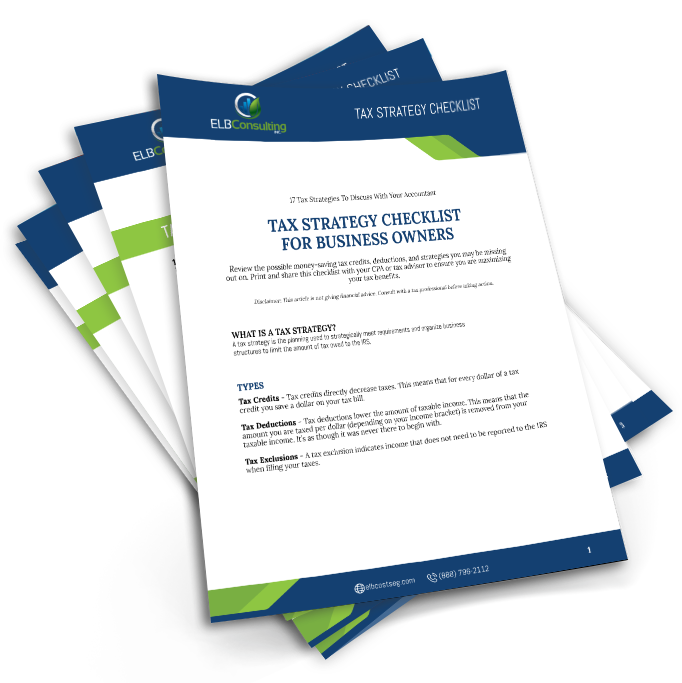Tax Deductions May Be Hidden In Your Walls
With 2014 coming to a close, you, your firm or your client may be looking for additional tax deductions.
Commercial Real Estate (CRE), and self funded Tenant Improvements for Leasehold Property will likely qualify for significant I.R.S. tax deductions.
So what is this tax deduction? It is a method of accelerating the depreciation of commercial real estate though cost segregation of each component. Using an engineered process, a Cost Segregation Study (CSS) will identify every single component in a building and reclassify certain qualifying items as 5, 7 or 15 year, versus 39 (or 27.5) year items on the depreciation schedule. This reduces taxes and increases cash flow.
The Journal of Accountancy says, “Cost segregation is not a tax shelter. It is an I.R.S. defined and guided tax reduction tool. Ninety-percent of all commercial property investors are overpaying their federal income taxes”
So How Do You Qualify?
There are a few qualifying criteria that must be met first:
- You must be a for profit entity and have an I.R.S. tax liability
- You must have owned the property for less than 15 years (actual property may be older)
- Suggested property valuation of $750,000 or more, including renovations, improvements and/or repairs
- Leasehold improvements or build outs should total $250,000 or more
If you answered yes to these questions, there is a very good chance you qualify for over 25% of your CRE or leasehold value as a additional tax deduction, which has a direct correlation to improving cash flow.
Nearly all buildings qualify; retail strip centers, restaurants, hotels, office condos, doctors offices, multifamily apartments, office buildings, car washes, golf courses, manufacturing facilities, distribution centers, etc.
The building may be new construction, an acquisition, or one you’ve had for several years and never applied this method of depreciation. For older assets, no need to re-file past years taxes, the depreciation is caught up and applied to the current year’s tax schedule.
How is Money Hidden in the Walls?
Most cost segregation companies tout ‘engineering based’ studies, which are beneficial, but they miss a significant percentage of qualified components. For example, they count all the electrical outlets and specialty lighting and stop there. However, a “fully engineered and accounted” study looks at what you don’t see. It identifies all the qualified electrical outlets and lighting components, then counts the linear square feet of the wiring and conduit though the walls to the electrical panel(s), and calculates the qualified percentage single/double pole breakers and the electrical panels themselves. This is just one example of where a “fully engineered and accounted” CSS will identify an additional 5-10% of deductions. Hence, the money (in the form of deductions and cash flow) is literally hidden in your walls. This method also provides bullet proof audit protection and asset management detail of every building component; qualified and non-qualified.
Not all cost segregation studies are created equal. To maximize the allowable benefit it takes construction, mechanical, and electrical engineering expertise, coupled with tax expertise and a full understanding of the I.R.S. Guidelines.
Request a Feasibility Analysis to Identify Estimated Benefits
Most all cost segregation firms will provide an analysis of tax benefits as part of their proposal. The I.R.S. has defined six levels of study, the lowest being the “Rule of Thumb”(or SWAG) method, the highest being a Detailed Engineering Approach From Actual Cost Records. Be sure to ask about the engineered level of their services when interviewing a potential partner. Do they count the qualified (5, 7 and 15 year) and non-qualified (39 or 27.5 year) components? Do they use their own engineers or outsource? Do engineers actually perform the inspection? What is there experience with your type of structure? Get several quotes and ask to see an actual study.
The tax savings and cash flow benefits are definitely worth a hard look to see if it fits into your Commercial Real Estate strategy.
You may just find significant savings hidden in your walls!
You may be missing out on tax benefits.
Own commercial property?
We can help you find smarter ways to depreciate your property and reduce your taxes. Tell us about yourself and we’ll see how much you could be saving.




